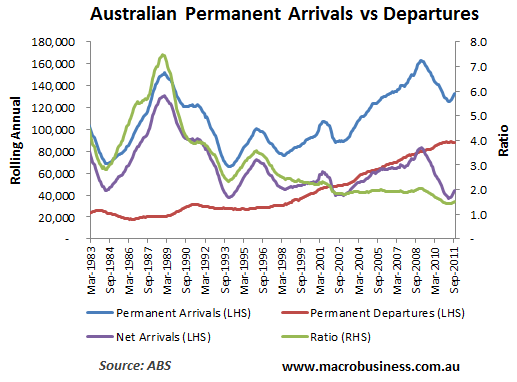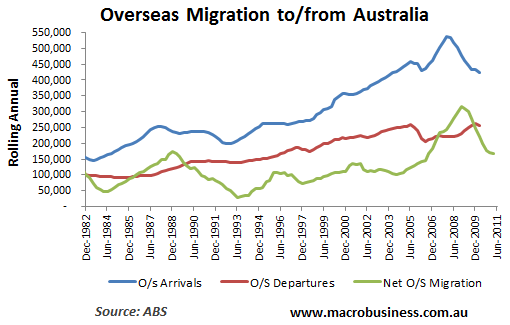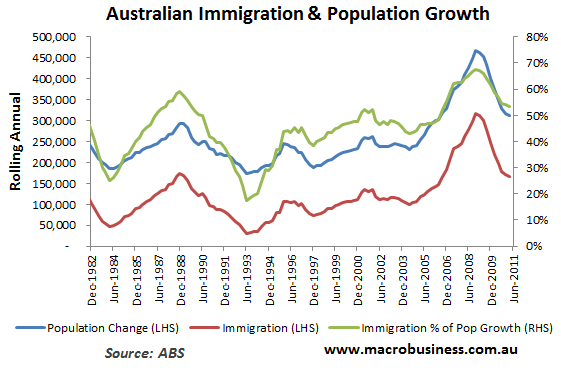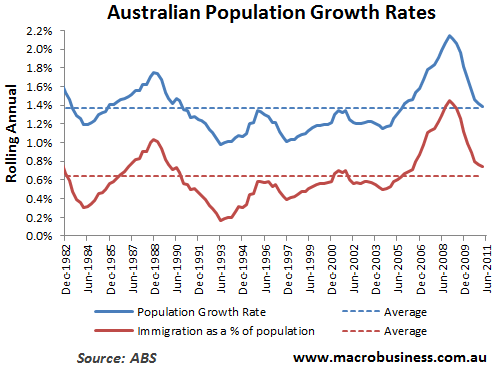On November 18, President Obama signed into law a bundle of appropriation bills for FY 2012 including appropriations for the U.S. Department of Transportation. The measure had been passed earlier in the House by a vote of 298-121 and in the Senate by a vote of 70-30.
The bill provides $39.14 billion in obligation limitation for the highway program, a reduction of almost $2 billion from FY 2011; however, an additional $1.66 billion is appropriated for highway-related "emergency relief." The transit program is funded at $10.31 billion (incl. $1.95 for New Starts), a $400 million increase from FY 2011, and Amtrak at $1.42 (incl. $466 million for operating expenses). The discretionary TIGER program is retained at $500 million, a slight decrease from FY 2011.
Conspicuously absent in the new budget is any funding for high-speed rail and the Intercity Passenger Rail Service program --- a fact cheered by fiscal conservatives but mourned by boosters of high-speed rail and supporters of the California bullet train. The California High-Speed Rail Authority relies heavily on further federal funds to complete the project. According to its business plan, it expects $33-36 billion to come from the federal government. Failure by Congress to appropriate money for high-speed rail for a second year in a row makes the prospect of future federal support for the California rail project increasingly doubtful.
Also refused any funding in the FY 2012 congressional transportation appropriation are two other Administration priorities: the Livable Communities Initiative ($10 million requested in the President's budget); and the National Infrastructure Bank ($5 billion requested). The conference committee action would seem to put an effective end to any further attempts to create the Bank, at least during the remainder of this session of Congress.
Solvency of the Highway Trust Fund in Jeopardy
The congressional conferees have warned that the bill will deplete almost all resources from the Highway Trust Fund (HTF) by the end of fiscal year 2012. "Without enactment of a new surface transportation authorization bill with large amounts of additional revenues this year," the report said, "the Highway Trust Fund will be unable to support a highway program in fiscal year 2013. The conferees strongly urge the committees of jurisdiction to enact surface transportation legislation that provides substantial long-term funding to continue the federal-aid highways program."
As Taxpayers for Common Sense (TCS) pointed out in a commentary, the appropriations committee is willing to acknowledge the problem, but quickly passes the buck to the authorizers to come up with more cash for future years. But the authorizers aren't doing any better. The Senate Environment and Public Works (EPW) Committee passed a $109 billion reauthorization bill that would fund two years of transportation spending by essentially drawing the HTF balance down to zero (and still unable to identify the remaining $12 billion in offsets). To House Transportation and Infrastructure Committee Chairman John Mica (R-FL) the implications of the Senate action are clear. In a November 14 letter to Senate EPW Committee Chairman Barbara Boxer (D-CA) he warns that the Senate bill will "essentially bankrupt the Highway Trust Fund and make it impossible to provide any funding for fiscal year 2014."
To its credit, the Senate Environment and Public Works Committee recognized the precarious state of the Trust Fund and took steps to impose spending controls to prevent the Fund from falling into insolvency. The Senate bill provides (in section 4001) for mandatory reductions in the obligation limitation should the Trust Fund balances in the Highway Account, as estimated by the CBO, fall below a certain pre-determined level (for example, in the event gas tax revenues fail to match expectations). The designated triggers are $2 billion at the end of FY 2012 and $1 billion at the end of FY 2013. In other words, the Senate EPW committee has wisely provided for a mechanism to reduce highway expenditures below the authorized $109 billion level in order to prevent the Trust Fund from going bankrupt.
The House, for its part, is exploring a different way to fund a longer-term, five-year reauthorization. On November 17, Speaker Boehner announced he will unveil in December a combined transportation and energy bill, dubbed the "American Energy & Infrastructure Jobs Act," (HR 7). The bill would authorize expanded offshore gas and oil exploration and dedicate royalties from such exploration to "infrastructure repair and improvement" focused on roads and bridges.
However, many questions have been raised about this approach. Several lawmakers --- notably, Rep. Nick Rahall (D-WV), Ranking Member of the House Transportation and Infrastructure Committee, Sen Barbara Boxer (D-CA) chairman of of the Senate Environment and Public Works Committee and Sen. James Inhofe (R-OK) the committee's ranking member---have criticized the aproach as problematical and potentially miring the bill in controversy. They allege that the royalties the House is counting upon would fall billions of dollars short of filling the gap in needed revenue (the gap is estimated at approximately $75-80 billion over five years). They further allege that the revenue stream from the royalties would not be available in time to fund the measure.
Other critics have pointed out that states in whose jurisdiction drilling may occur, will assert a claim to a lion portion of the royalties. Also, using oil royalties to pay for transportation would essentially destroy the principle of a trust fund supported by highway user fees. For all the above reasons, the House proposal is likely to meet with a skeptical reception in the Senate.
As the TCS memorandum aptly concluded, in the end it's a big game of "kick the can." The appropriators kick the can to the authorizers. The authorizers kick the can down the road a couple of years or rely on speculative and uncertain revenue that may or may not materialize. In the meantime, the fate of the Trust Fund continues to hang in a precarious balance, victim of Congressional indecision and new fiscal imperatives.
~~~~~~~~~~~~~~~~~~~~
Note: the NewsBriefs can also be accessed at www.infrastructureUSA.org
A listing of all recent NewsBriefs can be found at www.innobriefs.com
















